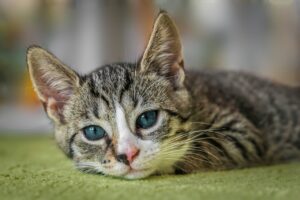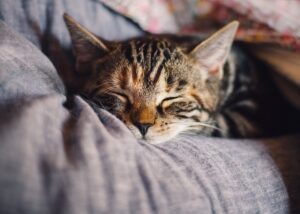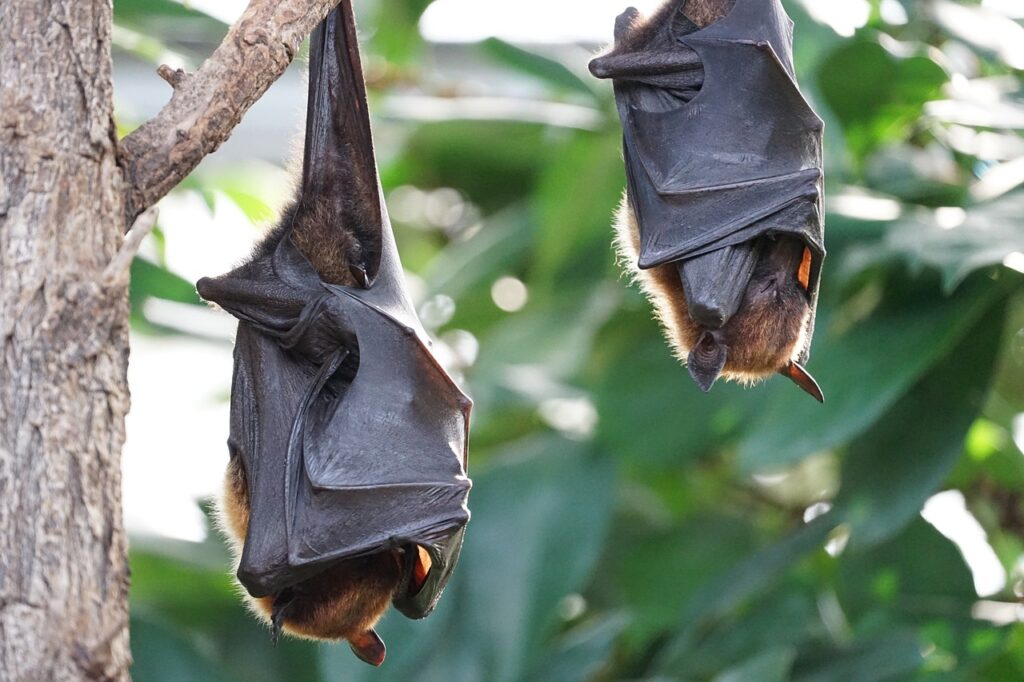The Scoop on Pet Periods: Do Cats or Dogs (Animals in General) Get Them?
 Welcome, pet lovers and curious minds alike, to our latest blog post diving into the intriguing world of pet periods. You may have found yourself pondering whether your furry companions experience something akin to human menstruation. Well, fear not! We’re here to unravel this mystery and explore the fascinating reproductive cycles of our beloved cats, dogs, and other animals.
Welcome, pet lovers and curious minds alike, to our latest blog post diving into the intriguing world of pet periods. You may have found yourself pondering whether your furry companions experience something akin to human menstruation. Well, fear not! We’re here to unravel this mystery and explore the fascinating reproductive cycles of our beloved cats, dogs, and other animals.
Understanding the Estrous Cycle
First things first, let’s clarify some terminology. While humans experience a menstrual cycle, which involves shedding of the uterine lining if pregnancy doesn’t occur, most animals undergo an estrous cycle. This cycle involves changes in hormone levels and reproductive readiness but typically doesn’t involve shedding of the uterine lining in the same way as menstruation.
Do Cats Experience Menstruation?
 No, they don’t! Cats undergo estrus cycles instead of menstrual cycles. During specific months of the year, cats enter into heat, becoming fertile with multiple estrus cycles per season. According to veterinarian Dr. Renee Rucinsky, “Female cats may appear to be in heat almost continuously from late winter to early fall,” noting that there is no bleeding during hormonal surges in cats. During this time, they become receptive to mating and may exhibit behaviors like increased vocalization, restlessness, and rubbing against objects. While not identical to menstruation, female cats may have some discharge or spotting during estrus.
No, they don’t! Cats undergo estrus cycles instead of menstrual cycles. During specific months of the year, cats enter into heat, becoming fertile with multiple estrus cycles per season. According to veterinarian Dr. Renee Rucinsky, “Female cats may appear to be in heat almost continuously from late winter to early fall,” noting that there is no bleeding during hormonal surges in cats. During this time, they become receptive to mating and may exhibit behaviors like increased vocalization, restlessness, and rubbing against objects. While not identical to menstruation, female cats may have some discharge or spotting during estrus.
Moreover, cats ovulate in reaction to mating. Interestingly, it’s conceivable for kittens within the same litter to have different fathers, a phenomenon known as superfecundation.
New Findings on Menstruation
A recent study led by Dr. Lynch sheds light on a fascinating aspect of the endometrium’s role in controlling trophoblast invasion during pregnancy. Unlike previous assumptions of the endometrium merely serving as a passive substrate, the study suggests direct regulation of trophoblast invasion by the endometrium. In mammals with hemochorial placentas, such as humans and rodents, trophoblast invasion is permitted only when the endometrium initiates the “window of implantation.”
Understanding Menstruation Triggers
Menstruation in humans is triggered by a decline in progesterone levels released from the corpus luteum, resulting in the shedding of the endometrium. Some researchers propose that menstruation is merely an accidental consequence of decidualization.
Exploring Menstruation Origins
Another theory suggests that menstruation may serve as a mechanism for selectively retaining healthy embryos while discarding impaired ones, ensuring optimal resource allocation. Endometrial cells are capable of detecting abnormalities in embryos, with decidualized cells acting as “biosensors” to fine-tune maternal responses to individual embryos. Surprisingly, studies estimate that a significant percentage of human embryos are expelled with the endometrium before pregnancy detection.
Which Animals Experience Menstruation?
- Primates: Humans and other primates, including apes and monkeys, undergo menstruation. Orangutans, chimpanzees, gorillas, and bonobos exhibit menstrual cycles with varying durations. Additionally, primates often display sexual swellings during ovulation, with estrogen levels influencing swelling size.
- Bats and Rodents: Menstruation has been observed in a small percentage of mammalian species, including bats and rodents. Species like the black mastiff bat and the wild fulvous fruit bat exhibit menstruation characteristics similar to humans. Elephant shrews and the Cairo spiny mouse also display menstrual cycles, expanding our understanding of menstruation in the mammalian kingdom.

Do Animals Experience PMS?
Some species, such as baboons and spiny mice, exhibit behavioral changes during specific phases of their reproductive cycles. Observations of baboons in Kenya revealed altered behavior before menstruation onset, including increased time spent in trees and heightened feeding activity. Similarly, preliminary research suggests that spiny mice may experience symptoms resembling premenstrual syndrome, including changes in vocalization and activity levels.
Recent discoveries and ongoing research shed light on menstruation across various species, highlighting the diverse reproductive strategies in the animal kingdom. These findings underscore the importance of further exploration into the mechanisms and evolutionary significance of menstruation in non-human animals.
While our beloved pets and other animals don’t experience periods in the same way humans do, they do have their own reproductive cycles. Understanding these cycles is essential for responsible pet ownership and breeding practices. So, the next time you see your cat or dog acting a little “extra,” remember they might just be going through their version of a reproductive cycle!
References:
- https://www.iflscience.com/do-animals-other-than-humans-have-periods-66718
- https://www.hepper.com/do-cats-have-periods/
- https://www.dailypaws.com/cats-kittens/health-care/cat-neutering-spaying/do-cats-get-periods
- https://eusci.org.uk/2020/04/09/why-do-humans-and-so-few-other-animals-have-periods/
- https://www.ncbi.nlm.nih.gov/pmc/articles/PMC7253787/
Characteristics of the endometrium in menstruating species: lessons learned from the animal kingdom
